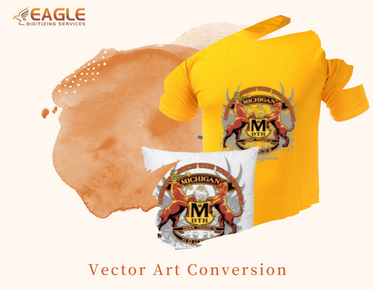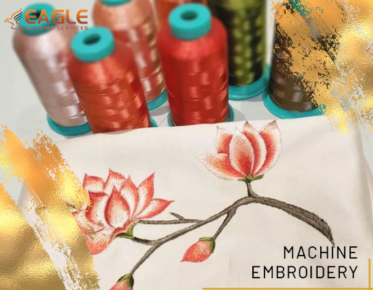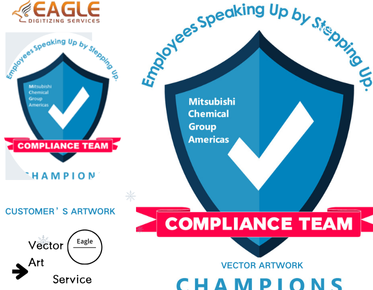Convert Any Image to Vector: 6 Ways to Vectorize an Image
Converting images to vectors is a crucial task in graphic design, allowing for the creation of scalable images that maintain quality at any size. This process is essential for a wide range of industries, from vector art services to digital printing. Vector images are particularly useful for printing because they do not lose resolution when resized. They are composed of paths defined by a start and endpoint, along with other points, curves, and angles. Here are six effective methods to vectorize an image.
1. Using Dedicated Vector Conversion Software
The most direct way to convert an image into a vector is by using vector conversion software. Options like Adobe Illustrator or CorelDRAW are industry-standard tools that allow users to trace bitmaps step by step. These programs offer detailed controls over the tracing process, enabling users to produce high-quality vector images. Furthermore, for those on a budget, there are free alternatives available such as Inkscape that offer similar functionalities without the associated costs.
2. Online Vector Conversion Services
A convenient alternative is to utilize online vector conversion services. These platforms allow users to upload images and convert them to vector formats through automated processes. They can handle various file types and provide quick results, making them an accessible option for those who need vectors without getting involved in the technical side of vectorizing.
3. Hiring Professional Services
For more intricate designs or when quality is paramount, hiring professional vectorizing services can be the best route. Companies like Eagle Digitizing offer professional vector conversion services, which include raster to vector conversion, vector tracing, and logo design with meticulous attention to detail. Their services ensure that even the most complex images are converted accurately and efficiently, meeting the demanding standards required by businesses and designers.
4. Manually Tracing the Image
For those with some graphic design skills and time to spare, manually tracing an image can be a rewarding method. Using tools in Illustrator or other vector editing software, designers can draw paths and shapes over a picture to create a vector representation. This method allows for complete control over the final image quality and accuracy.
5. Utilizing Plugins or Scripts
Plugins and scripts can enhance the efficiency of converting images to vectors. Many vector editing software platforms support a range of third-party add-ons that can simplify and speed up the vectorization process. These tools often automate repetitive tasks, thus increasing productivity and potentially improving the quality of the converted image.
6. Freehand Drawing with a Vector Drawing Application
Lastly, if an exact copy is not necessary, a freehand drawing using a vector drawing application can be a creative approach. This method is suitable for illustrations and designs where artistic interpretation is acceptable. Applications like Procreate with its vector tools can be used to draw directly in vector, thus eliminating the need for conversion altogether.
The Role of Vector Services in Today’s Market
Vector services have become indispensable across various applications beyond traditional graphic design, including marketing, promotional goods, and digital platforms. Companies like Eagle Digitizing have set themselves apart by offering versatile and dependable services tailored to meet different client needs—ranging from small businesses to larger commercial enterprises. They focus on converting complex and intricate designs into clean, crisp vectors ideal for a wide array of printing methods.
Whether you are a graphic designer, a marketer, or a small business owner, understanding the different techniques to vectorize an image can significantly impact the quality and versatility of your work. As technology and software continue to evolve, we can anticipate even more advanced and user-friendly tools for image vectorization. This evolution will open up new possibilities for digital art and design, offering artists greater creative freedom and businesses enhanced branding opportunities.



